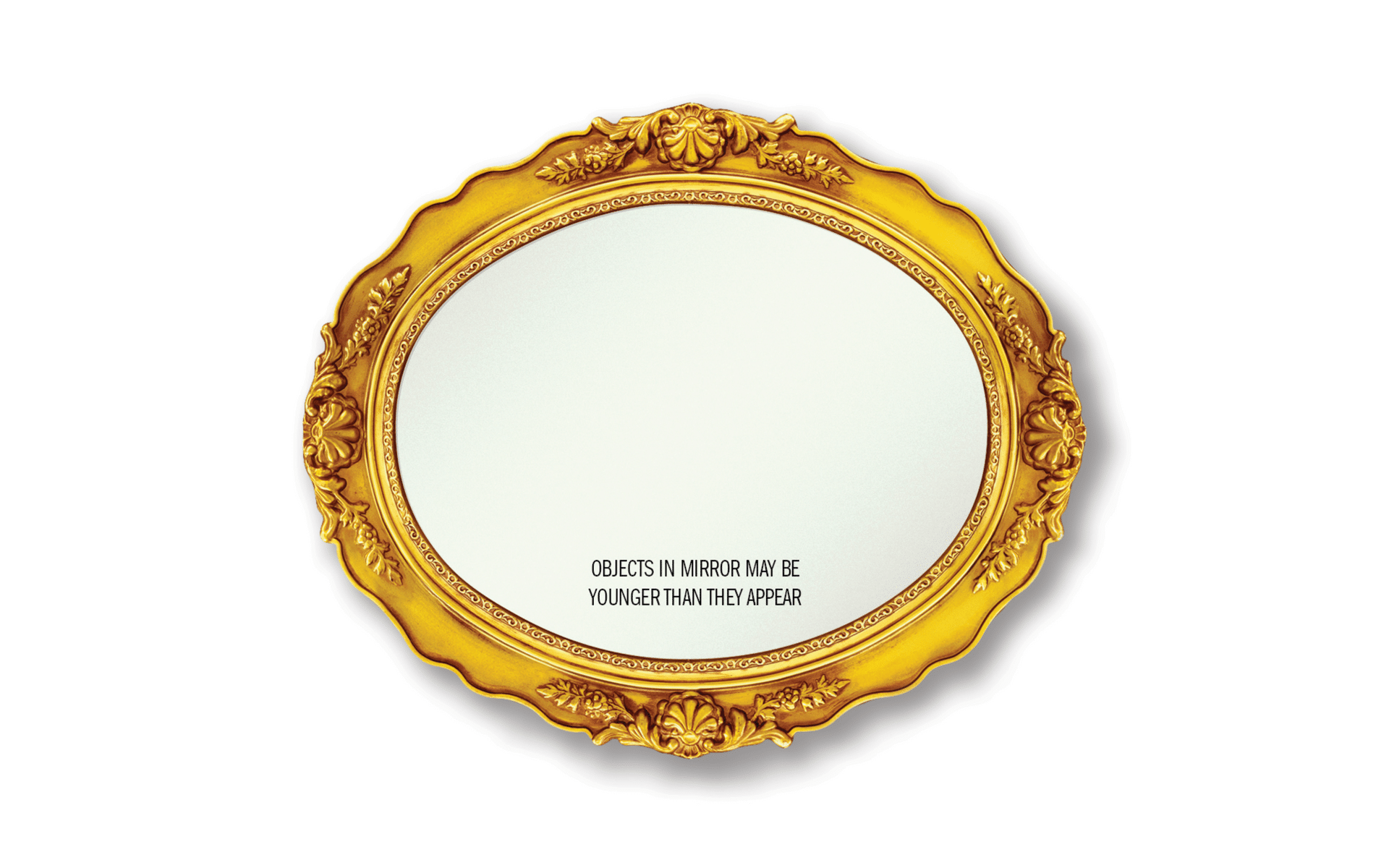Key Takeaways
- The anti-aging industry promotes unrealistic solutions, but aging is an inevitable part of life.
- Accepting vulnerability and the impermanence of aging can lead to deeper wisdom and connection.
- Acknowledge negative thoughts about aging, but practice being gentle and curious about your feelings.
- Mindfulness techniques, like the three-minute breathing space practice, can help you stay present during the aging process.
- Embrace the changes and discoveries that come with each phase of aging, and find peace in being alive.
Aging has been around for as long as we have—so you’d think we might have accepted it by now. By the same token, you’d think we’d also had enough of cats on the internet, but they’re just so darn cute.
The past 20 years has given birth to a booming “anti-aging” industry, replete with creams, pills, diets, and even anti-aging clinics. So, a few bucks and a little extra work can keep me young forever? Sounds like a beautiful fantasy! Oh right, that’s because it is one. As Muriel R. Gillick, professor of ambulatory care and prevention at Harvard Medical School, writes in her book, The Denial of Aging, “When we believe we will stay young forever, and when we purchase special vitamins, herbs, and other youth-enhancing chemicals to promote longevity, we are engaging in massive denial.”
Pushing away aging makes good sense; why not stay healthy and fit as long as possible? The difficulty in doing that is a seeming glitch in our design that reveals the essential challenge of being a biological life form. Eventually, knees and hearts blow out, eyes and sex drive weaken, the broad mind and the narrow hips exchange places. We look in the mirror, half expecting to see our 18-year-old selves looking back at us, and notice a spot here, a sag there, lines everywhere. One minute we are striving and on top of our game, the next moment we are sardined into a doctor’s office with other woeful agers, waiting for a variety of invasive procedures to keep us around a little bit longer. Plus, even if we do manage to slow aging down, mortality is always waiting to slap us silly.
The human experience of aging is interwoven with vulnerability. And what if it’s OK to be vulnerable? What if that’s the point? What if wisdom and connection, depth and richness all spring from the shimmer of impermanence? You don’t have to pretend the sensations of aging are comfortable, or pleasant, or wanted. But what you can do is be present as it all bubbles up—the whole goopy, horrifying, colorful mess called being alive.
And just maybe, if we can find a way to stay present we might be surprised to discover that being older than we were yesterday is part of being alive. Good luck staying alive any other way. Enjoy the changes of life, the new discoveries that come with every aging breath, as it all falls apart.
When fears, worries, and concerns about aging overtake you, try this three-minute breathing space practice, which is used in MindfulnessBased Cognitive Therapy to maintain openness and curiosity.
AWARENESS
Breathe in. Notice any thought bubbles that appear, including negative thoughts about aging. If strong thoughts grip you, you might consider, as Hamlet said, “There is nothing either good or bad, but thinking makes it so.” Notice what these thoughts trigger in your body, and which emotions are whipped up. Continually remind yourself to be gentle, open, and curious—even if (especially if) you get the urge to run screaming. Aging happens. It’s OK. Let yourself in on that secret so you can settle into it. This gives you a front-row view to an ever-changing circus of thoughts and sensations.
GATHERING
After a moment of opening to whatever you noticed in your mind and your body, rest your attention lightly but firmly on the rise and fall of your belly, feeling the stretch of the inbreath, the release of the outbreath. Your body is your anchor to the present moment. You can only feel it now. Notice when your attention seeks distraction from being here, now. Nothing to judge, simply notice and then gently return to the rise and fall of your breathing.
EXPANDING
After a minute of repeatedly returning to the breath (kind of like doing reps at the mindfulness gym) expand your attention out into the rest of your body, noticing whatever sensations arise. Be aware of your facial expression and your posture. Then stretch a tiny bit further and notice the space around you. Be here now.
Related articles :








